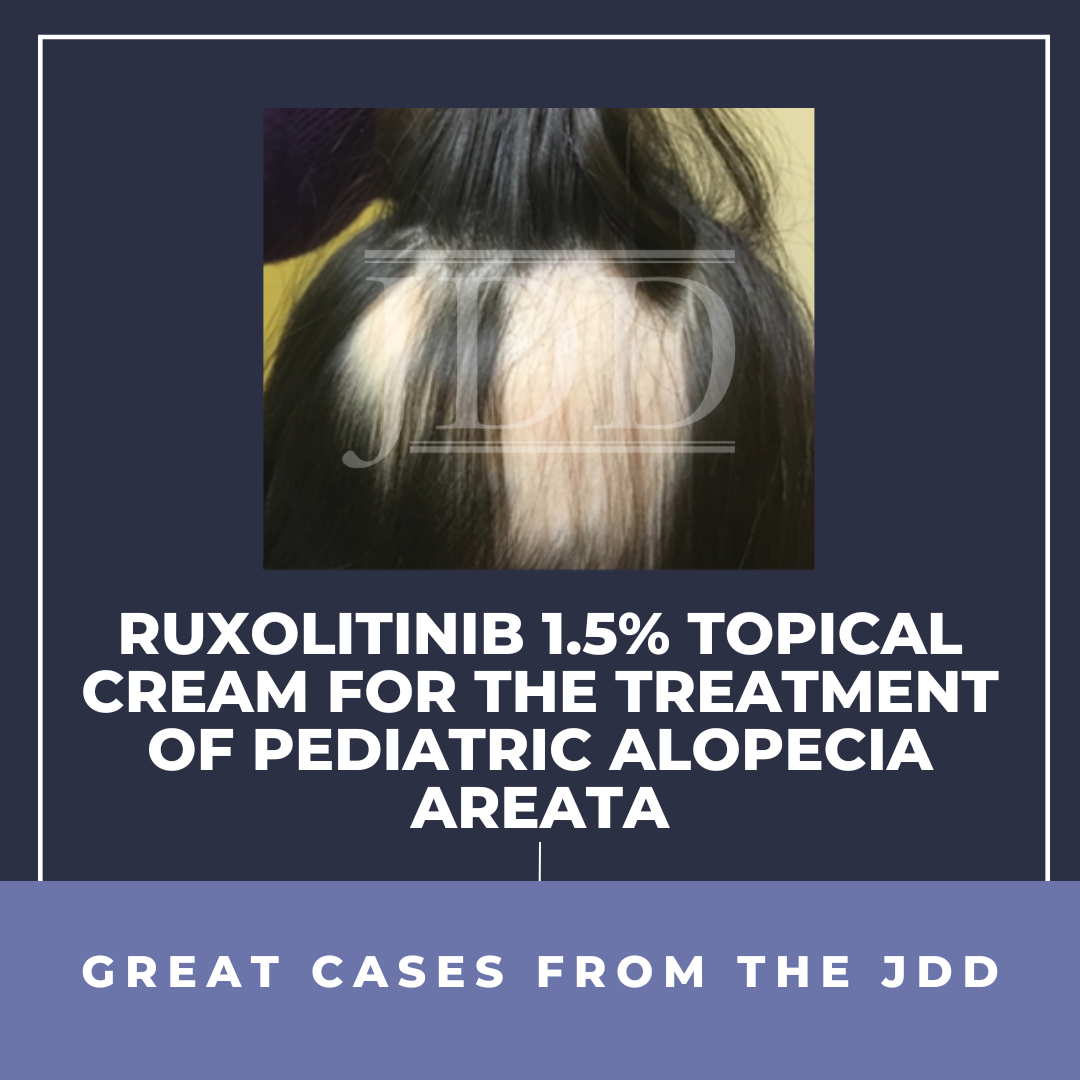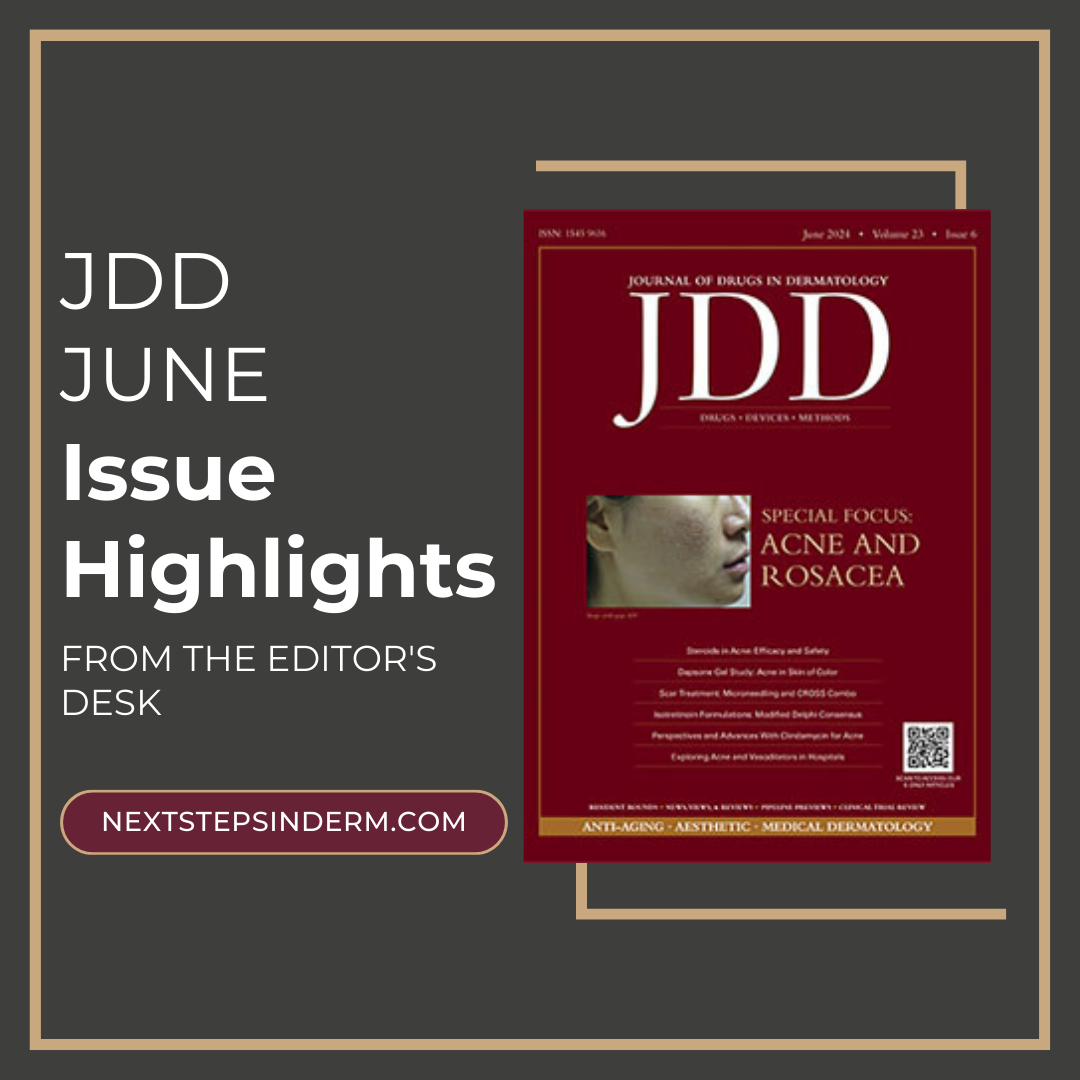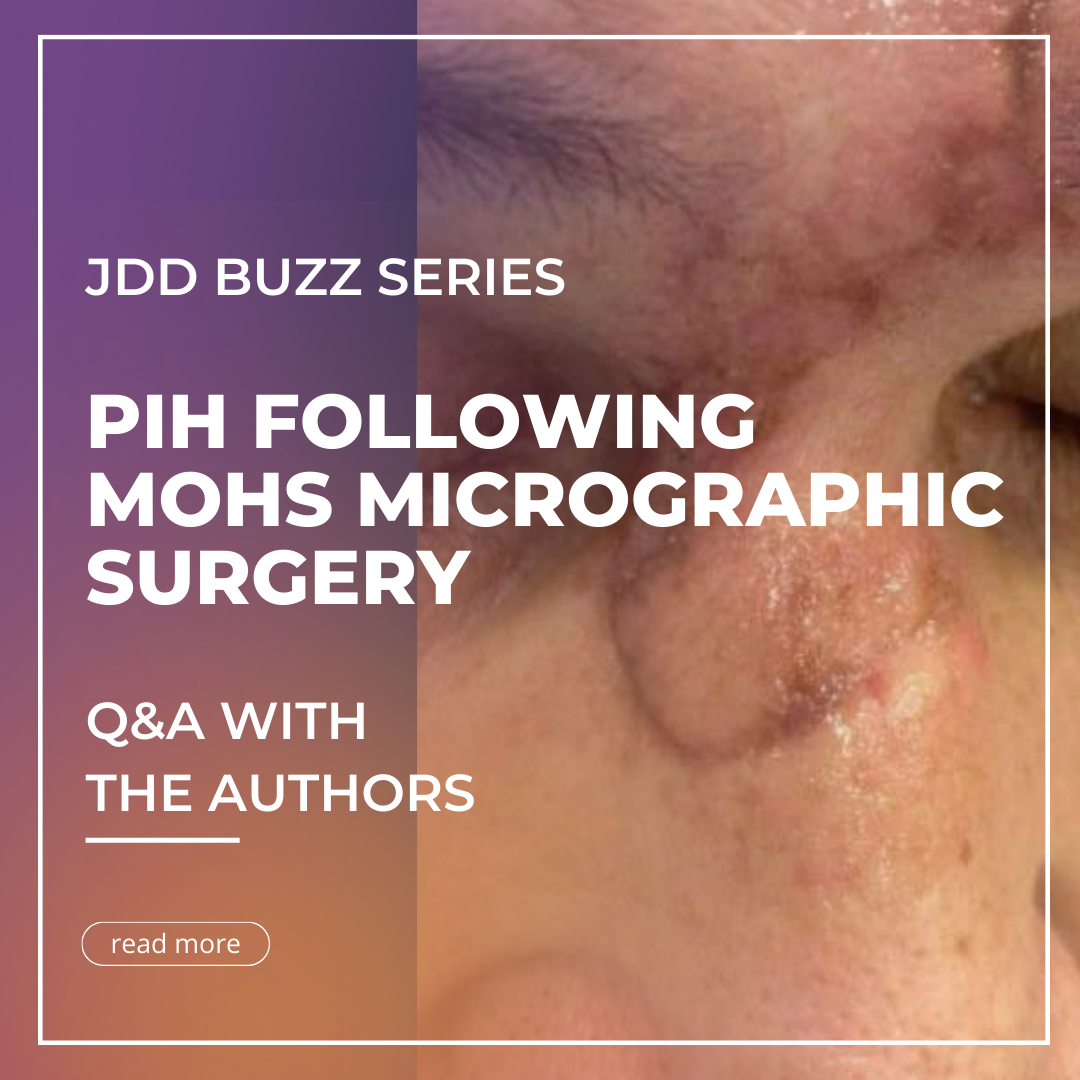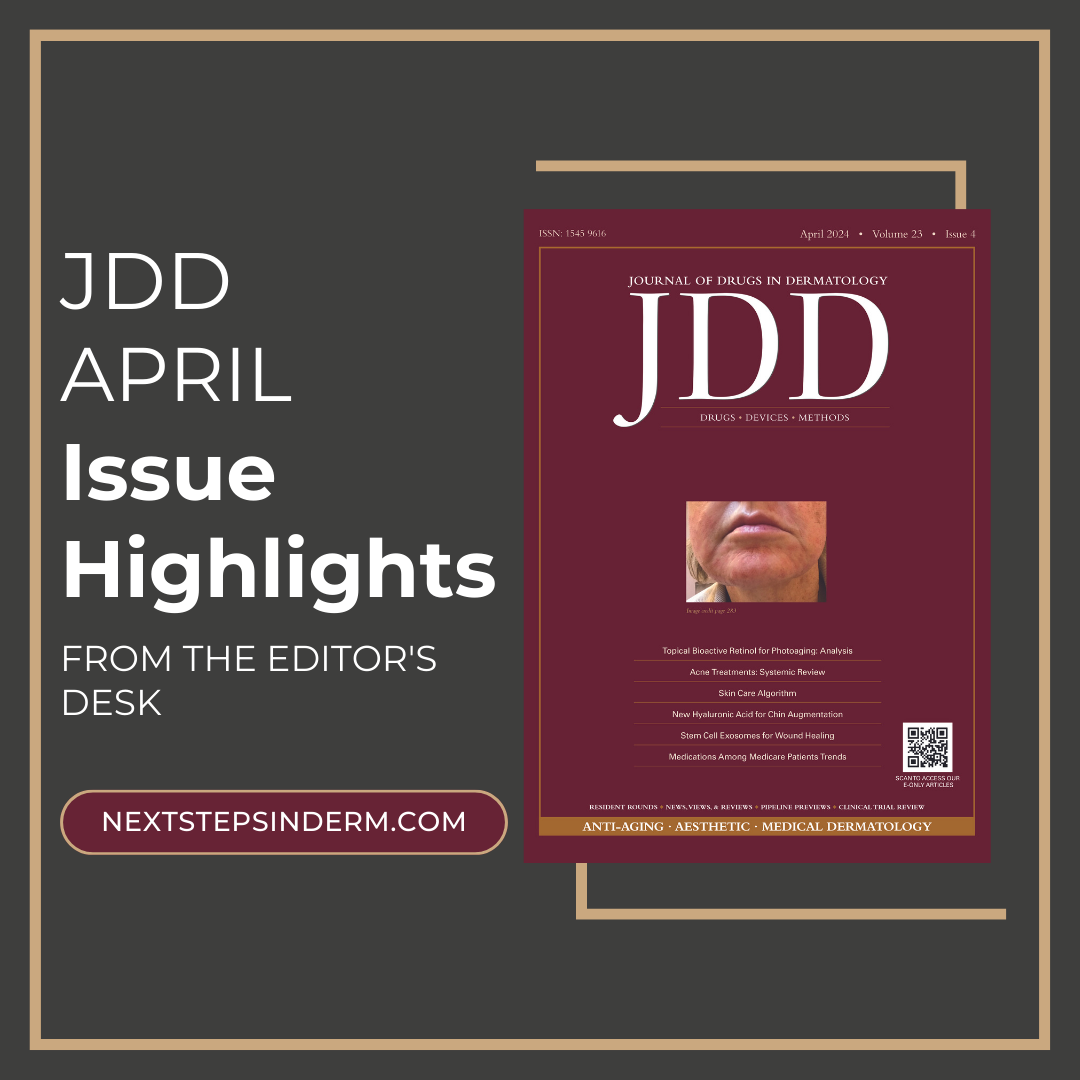Ruxolitinib 1.5% Topical Cream for the Treatment of Pediatric Alopecia Areata | Case Report
 Alopecia areata (AA) is a common autoimmune disorder. Although its pathogenesis is not fully understood, AA involves CD8 T cell-mediated destruction of the hair follicle. Several treatment options exist; however, there is minimal evidence in the pediatric population. Currently, there are no curative treatments for AA. The literature suggests that Janus kinase (JAK) inhibitors may be an effective t …
Alopecia areata (AA) is a common autoimmune disorder. Although its pathogenesis is not fully understood, AA involves CD8 T cell-mediated destruction of the hair follicle. Several treatment options exist; however, there is minimal evidence in the pediatric population. Currently, there are no curative treatments for AA. The literature suggests that Janus kinase (JAK) inhibitors may be an effective t …
 Alopecia areata (AA) is a common autoimmune disorder. Although its pathogenesis is not fully understood, AA involves CD8 T cell-mediated destruction of the hair follicle. Several treatment options exist; however, there is minimal evidence in the pediatric population. Currently, there are no curative treatments for AA. The literature suggests that Janus kinase (JAK) inhibitors may be an effective t …
Alopecia areata (AA) is a common autoimmune disorder. Although its pathogenesis is not fully understood, AA involves CD8 T cell-mediated destruction of the hair follicle. Several treatment options exist; however, there is minimal evidence in the pediatric population. Currently, there are no curative treatments for AA. The literature suggests that Janus kinase (JAK) inhibitors may be an effective t … 

 In this June edition of the Journal of Drugs in Dermatology (JDD), we're excited to showcase a selection of groundbreaking research and expert insights that delve into the latest advancements and treatments in dermatology. From innovative acne scar therapies to in-depth analyses of topical acne treatments, this month's featured articles provide a comprehensive overview of current dermatological …
In this June edition of the Journal of Drugs in Dermatology (JDD), we're excited to showcase a selection of groundbreaking research and expert insights that delve into the latest advancements and treatments in dermatology. From innovative acne scar therapies to in-depth analyses of topical acne treatments, this month's featured articles provide a comprehensive overview of current dermatological …  Mohs Micrographic Surgery effectively removes skin cancer while preserving healthy tissue. But what happens when the procedure that’s supposed to help maintain aesthetics leads to long-lasting and highly distressing cosmetic outcomes?
That’s the focus of an observational study published in the May issue of the Journal of Drugs in Dermatology. Researchers looked at the factors that contribut …
Mohs Micrographic Surgery effectively removes skin cancer while preserving healthy tissue. But what happens when the procedure that’s supposed to help maintain aesthetics leads to long-lasting and highly distressing cosmetic outcomes?
That’s the focus of an observational study published in the May issue of the Journal of Drugs in Dermatology. Researchers looked at the factors that contribut …  Tranexamic acid is one of the latest therapies for treating melasma, and one that’s most commonly prescribed for women. An editorial published in the April issue of the Journal of Drugs in Dermatology encourages dermatology clinicians to also consider the effect melasma has on men and to utilize tranexamic acid as a treatment option.
I interviewed the authors, dermatologist and Mohs surgeon A …
Tranexamic acid is one of the latest therapies for treating melasma, and one that’s most commonly prescribed for women. An editorial published in the April issue of the Journal of Drugs in Dermatology encourages dermatology clinicians to also consider the effect melasma has on men and to utilize tranexamic acid as a treatment option.
I interviewed the authors, dermatologist and Mohs surgeon A …  Introducing the April 2024 Editorial Highlights from the Journal of Drugs in Dermatology! This month's issue is packed with groundbreaking research and insights into dermatologic treatments and practices. From original articles exploring innovative therapies for conditions like photoaging and acne vulgaris to case reports shedding light on rare dermatologic phenomena, this issue offers a comprehen …
Introducing the April 2024 Editorial Highlights from the Journal of Drugs in Dermatology! This month's issue is packed with groundbreaking research and insights into dermatologic treatments and practices. From original articles exploring innovative therapies for conditions like photoaging and acne vulgaris to case reports shedding light on rare dermatologic phenomena, this issue offers a comprehen …